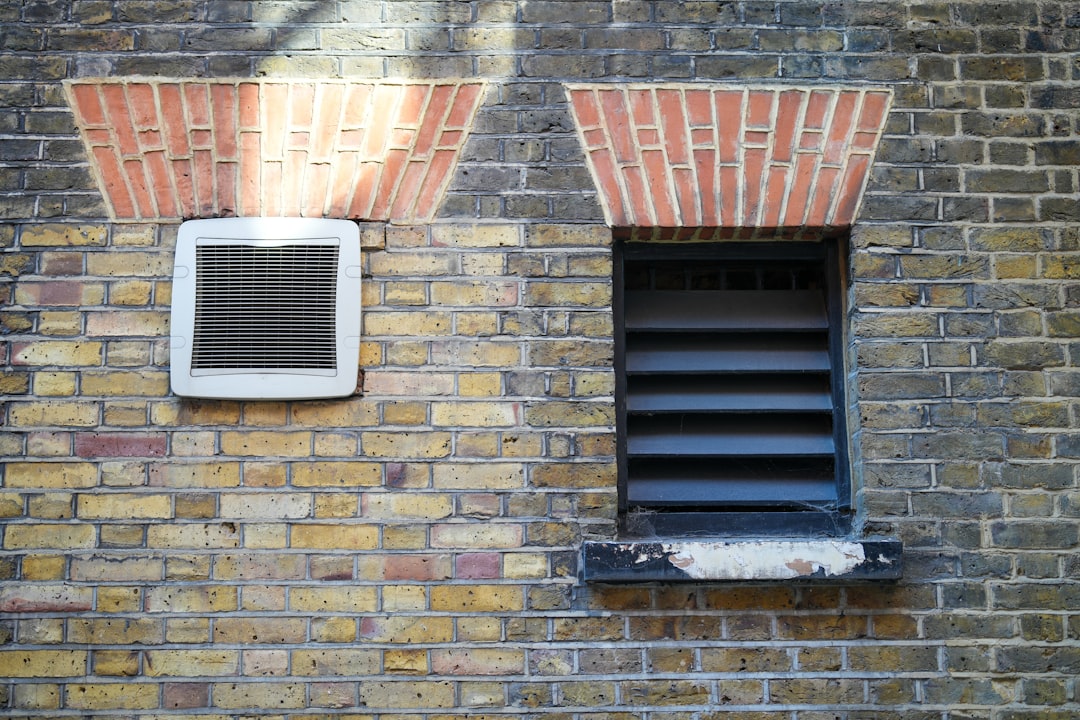Understanding Radiant Heat Installation Costs for Construction Professionals
Radiant floor heating is increasingly popular in residential builds, offering even warmth and energy efficiency. For construction professionals, understanding the costs is crucial. Installation costs typically range from $10 to $28 per square foot, depending on the system type and project complexity. This guide provides detailed insights into the factors affecting these costs, helping you deliver accurate estimates to clients.
Why Radiant Heat Is Gaining Popularity
- Even, gentle warmth without noisy ductwork
- Improved indoor air quality for allergy-sensitive families
- Energy savings of 10-30% compared to forced-air systems
- Higher resale value due to enhanced comfort
Key Factors Driving Radiant Heat Installation Costs
Several factors influence the cost of radiant heat installation. Understanding these can help construction professionals provide precise estimates.
1. System Type
Hydronic systems, which circulate warm water through PEX tubing, are more expensive upfront but ideal for whole-house applications. Electric mats are typically used for single rooms.
2. Floor Assembly
- New Slab: Tubes tied to rebar before pouring reduce labor costs.
- Joist Bay Retrofit: Requires snaking tubing between joists, increasing labor and material costs.
- Over-Pour or Thin-Slab: Adds structural and material expenses.
3. Heat Source
Hydronic systems require a dedicated boiler or compatible water heater, adding 20-35% to the total cost.
4. Square Footage & Zoning
More zones mean additional manifolds and controls, offering homeowners better comfort management.
5. Finish Flooring
Tile and stone conduct heat well, while carpet and thick wood add resistance. Accurate BTU calculations are essential.
Typical Cost Ranges
Based on national averages, costs fall into three tiers:
- Entry Level Bathroom Electric Mat: $10–$16 per square foot
- Whole-Home Hydronic in New Slab: $14–$20 per square foot
- Complex Retrofit with Over-Pour: $20–$28 per square foot
These figures include tubing, manifolds, controls, heat source, and labor. Local pricing may vary.
How to Calculate Accurate Estimates
Using AI-powered tools can streamline the estimation process, ensuring accuracy and efficiency. Follow these steps:
- Use a mobile app for a voice-guided walk-through.
- Capture room dimensions and desired temperature zones.
- Cross-reference local labor rates and material costs.
- Receive an editable proposal within seconds.
- Send the quote directly or export for invoicing.
Pro Tips for Maximizing Profit
- Pre-sell efficiency by quantifying utility savings.
- Offer smart thermostats for added margin.
- Stage rough-in early to prevent scheduling conflicts.
- Use takeoffs to highlight heat loss hot spots.
- Bundle service plans for recurring revenue.
Return on Investment
Properly designed systems can reduce heating bills, recouping installation costs within 7-10 years. Efficient estimating can cut time by 65%, improving win rates.
Next Steps
Ready to enhance your radiant projects? Visit CountBricks for more information and tools to streamline your estimating process.
Case Study: Hydronic Retrofit Success
A 3,200 sq ft mid-century home renovation showcases the effectiveness of precise data in converting leads into satisfied clients.
Project Highlights
- Scope: Full-home hydronic radiant install during flooring replacement
- Timeline: 18 working days from demo to commissioning
- Final Cost: $55,400, within 2% of the initial estimate
Key Success Factors
- Rapid Takeoff: AI outlined joist bays and calculated tubing needs.
- Live Supplier Sync: Avoided delays by suggesting alternate brands.
- Transparent Client Updates: Weekly progress snapshots reinforced confidence.
Lessons Learned
- Factor subfloor condition into contingency.
- Sequence trade visits tightly for efficiency.
- Upsell smart zoning for additional revenue.
Ready to Quote Your Next Project?
For accurate, competitive, and profitable radiant heat installation estimates, visit CountBricks and see how quickly you can move from initial contact to signed contract.

